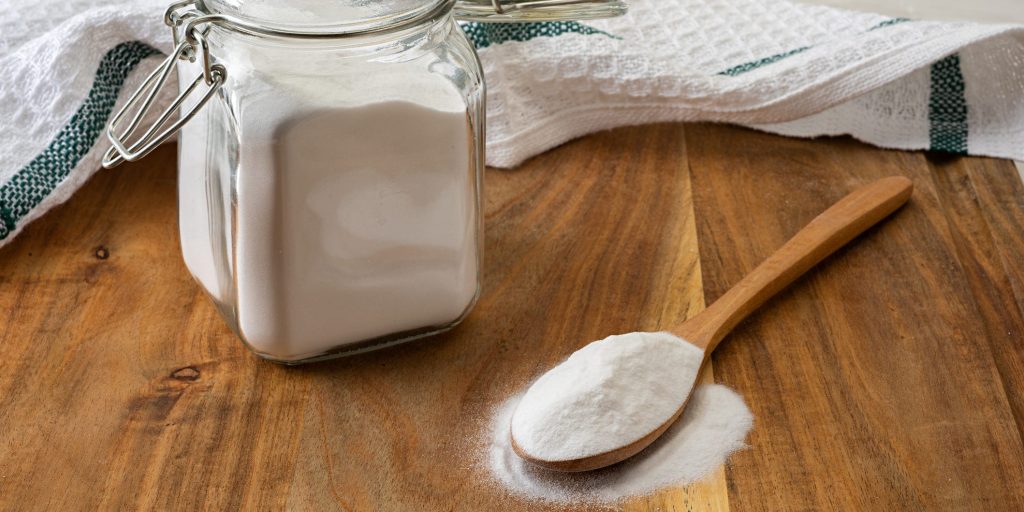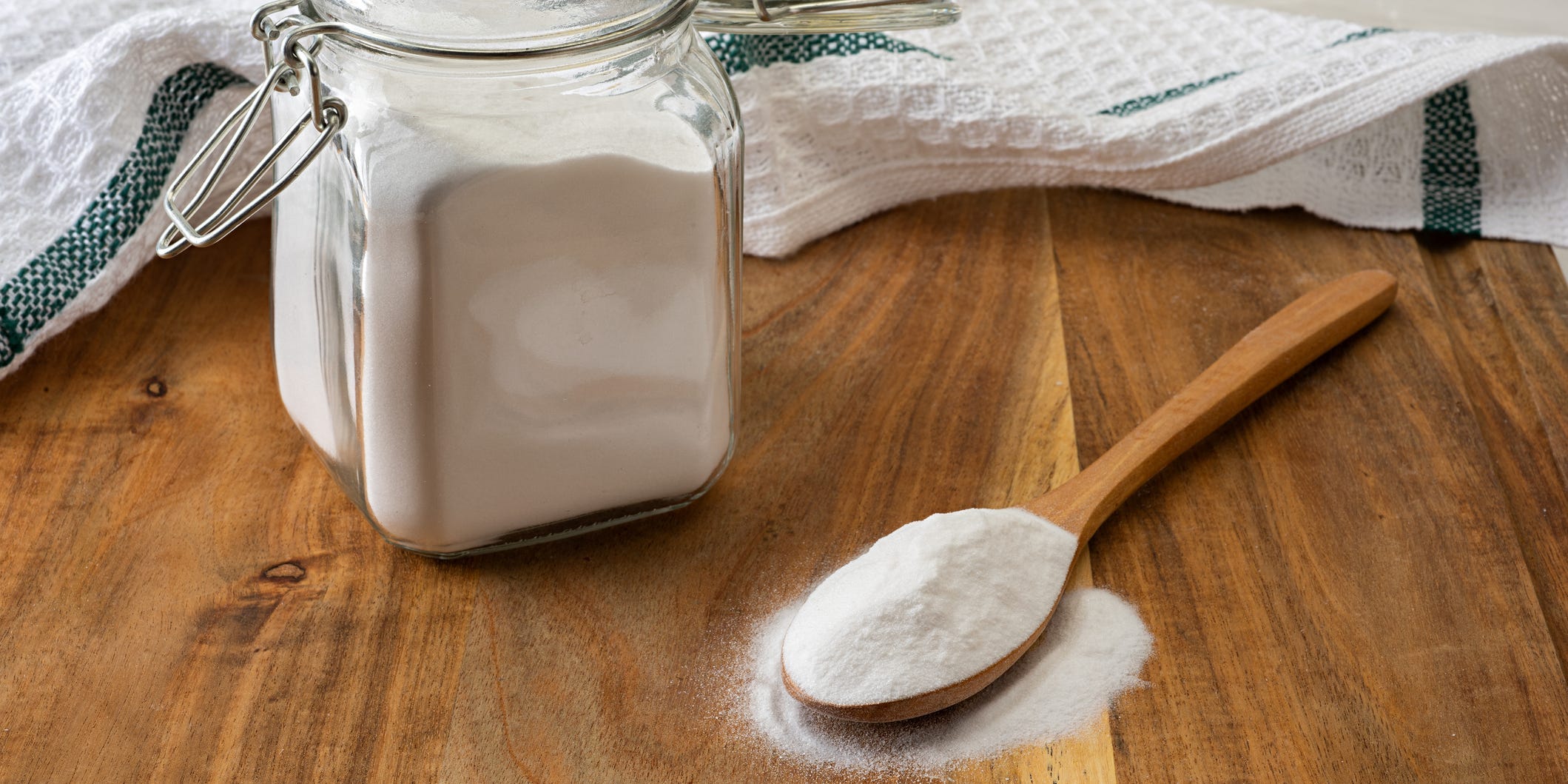
BURCU ATALAY TANKUT/Getty Images
- Baking powder is a leavening agent that increases the volume and lightens the texture of baked goods.
- It's used in most baked goods such as cakes, cookies, pancakes, and even batter for frying.
- If you've run out of baking powder, substitutes like baking soda plus vinegar can help.
- Visit Insider's Home & Kitchen Reference library for more stories.
Baking powder is a leavening agent used in baking, and when you break it down, it's simply a mixture of baking soda (a base) plus cream of tartar (a weak acid).
"When combined with liquid, the baking powder creates an acid-base reaction, which releases carbon dioxide gas into the batter or dough," says Melanie Moss, pastry chef and co-founder of Mini Melanie. This causes bubbles, making wet batters expand and rise adding both volume and a light, tender texture to your baked goods.
If you run out of baking powder, don't fret. If you have baking soda and any sort of acid on hand, you can create the same reaction in your baked goods easily.
For example, to substitute baking powder, use one part baking soda to two parts acid. So, if the recipe calls for 3 teaspoons (or 1 tablespoon; they're equivalent) of baking powder, you can substitute in 1 teaspoon of baking soda plus 2 teaspoons of an acid of your choice, like cream of tartar or lemon juice.
Moss and Tracy Wilk, chef-instructor at the Institute of Culinary Education helped walk us through some common swaps for baking powder below.
1. Cream of tartar and baking soda
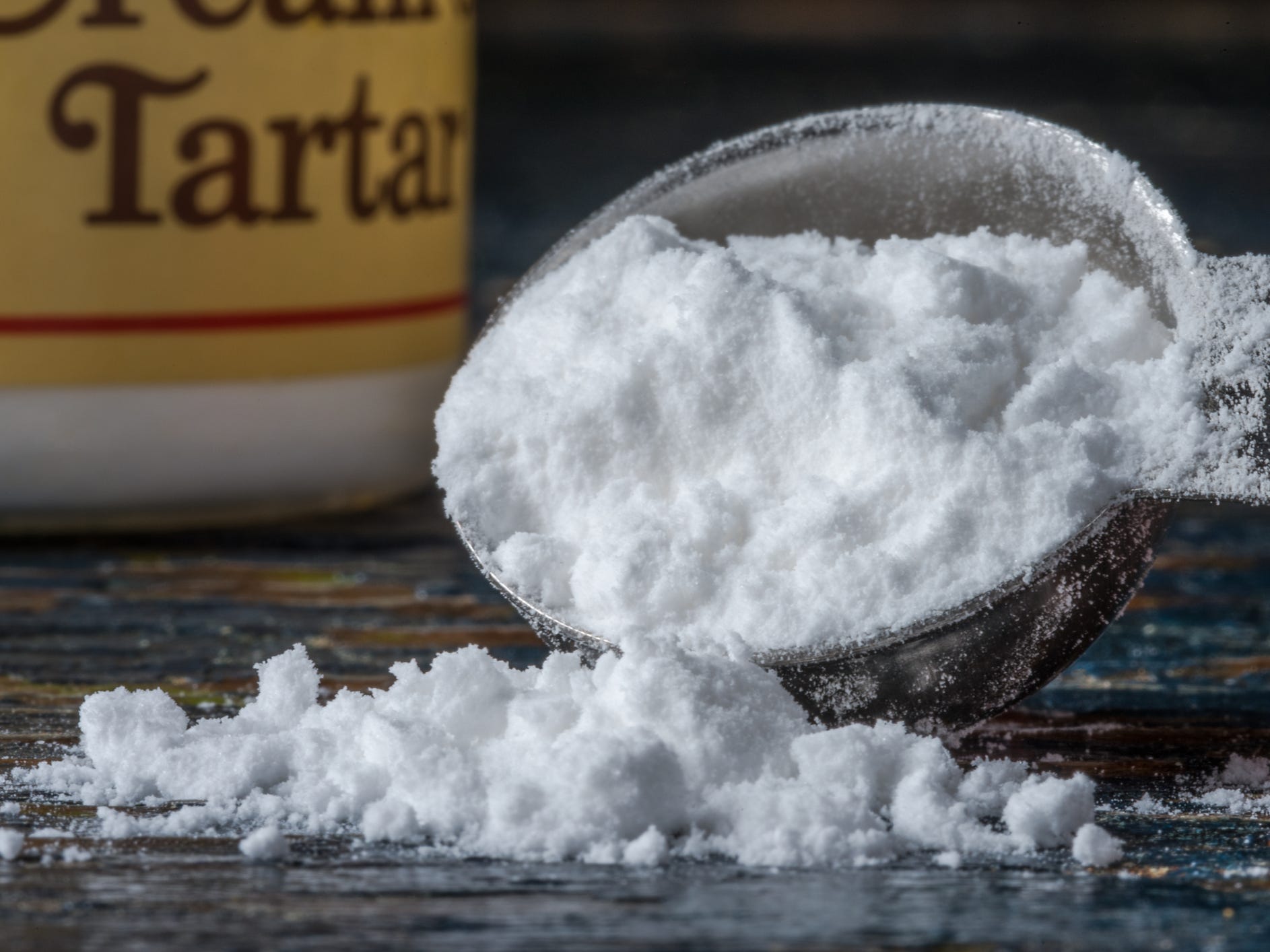
Michelle Lee Photography/Getty Images
This should be your go-to substitute for baking powder. The baking powder you buy from the store is cream of tartar plus baking soda, so combining them at home will get you the exact same result.
To use this substitute: One part baking soda to two parts cream of tartar
2. Lemon juice and baking soda
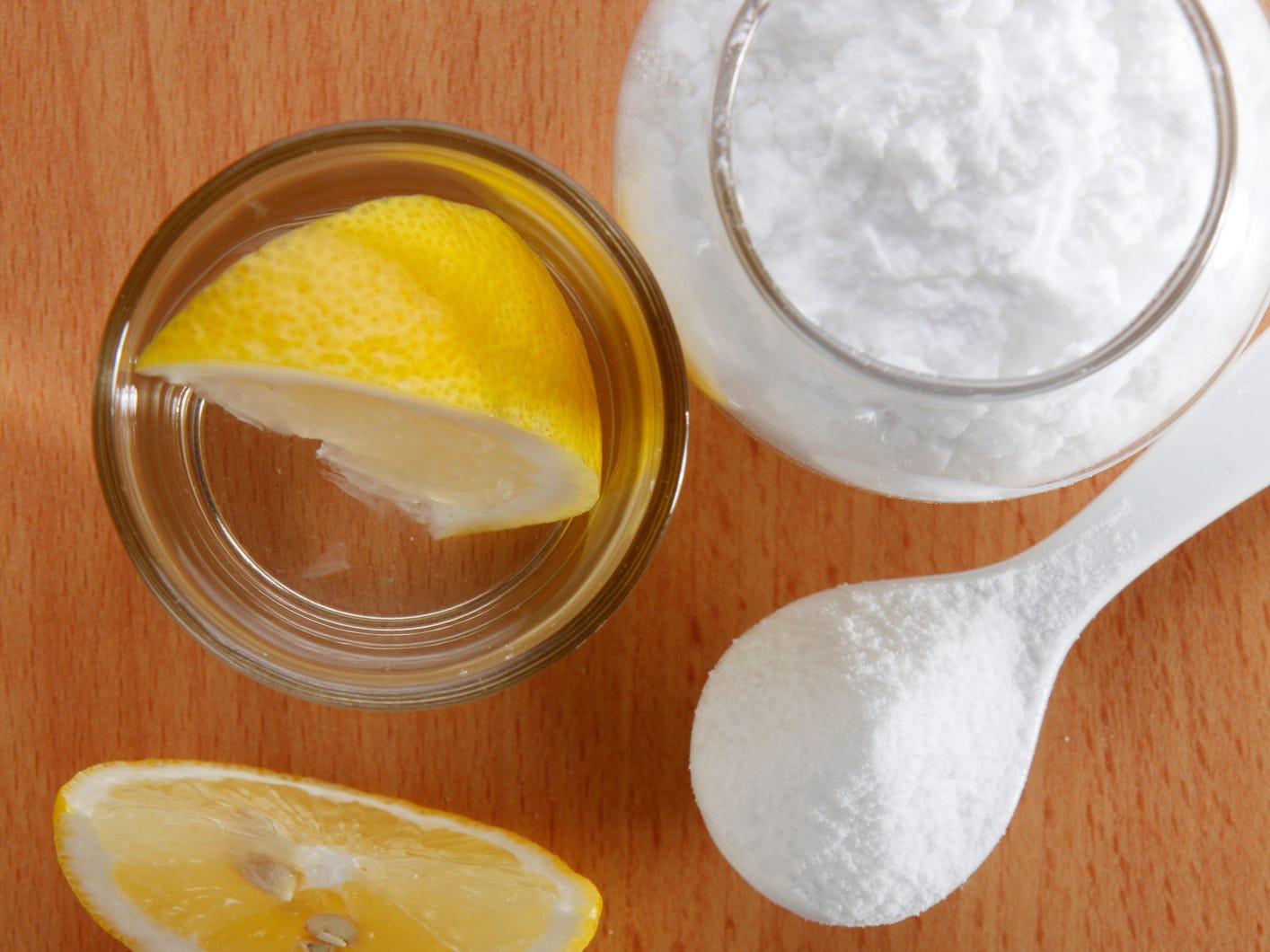
Eskay Lim / EyeEm/Getty Images
Lemon juice is also an acid, so it can be used in addition to baking soda for a baking powder substitute. Plus, you get the added benefit of a slightly lemony flavor.
To use this substitute: One part baking soda to two parts lemon juice
3. Vinegar and baking soda
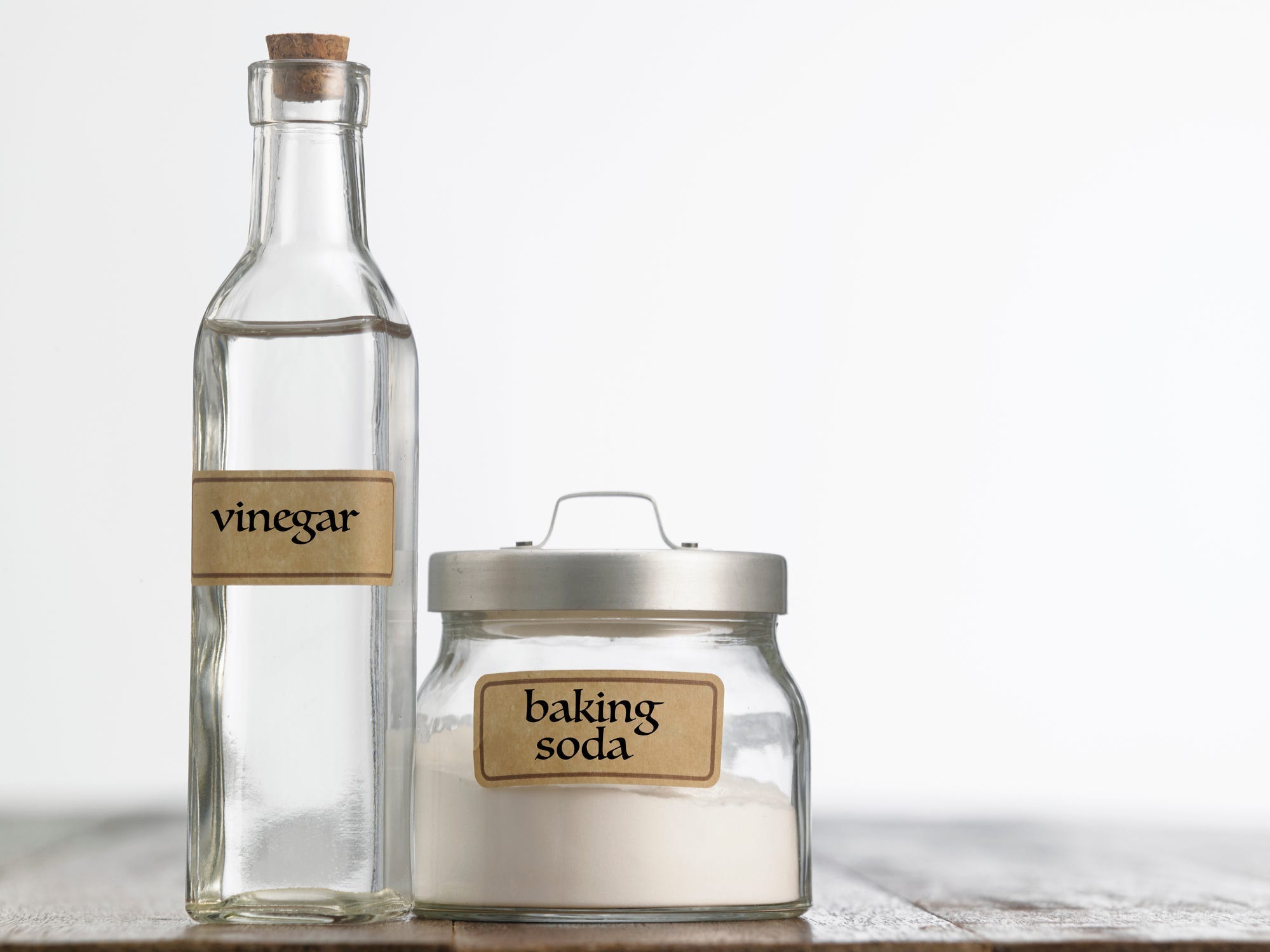
Eskay Lim / EyeEm/Getty Images
Vinegar is also an acid, so it can be used in addition to baking soda as a baking powder substitute.
Make sure your measurements are accurate for baking soda and vinegar, so the finished product doesn't have an acidic or salty aftertaste, cautions Moss.
To use this substitute: One part baking soda to two parts vinegar
4. Yogurt and baking soda
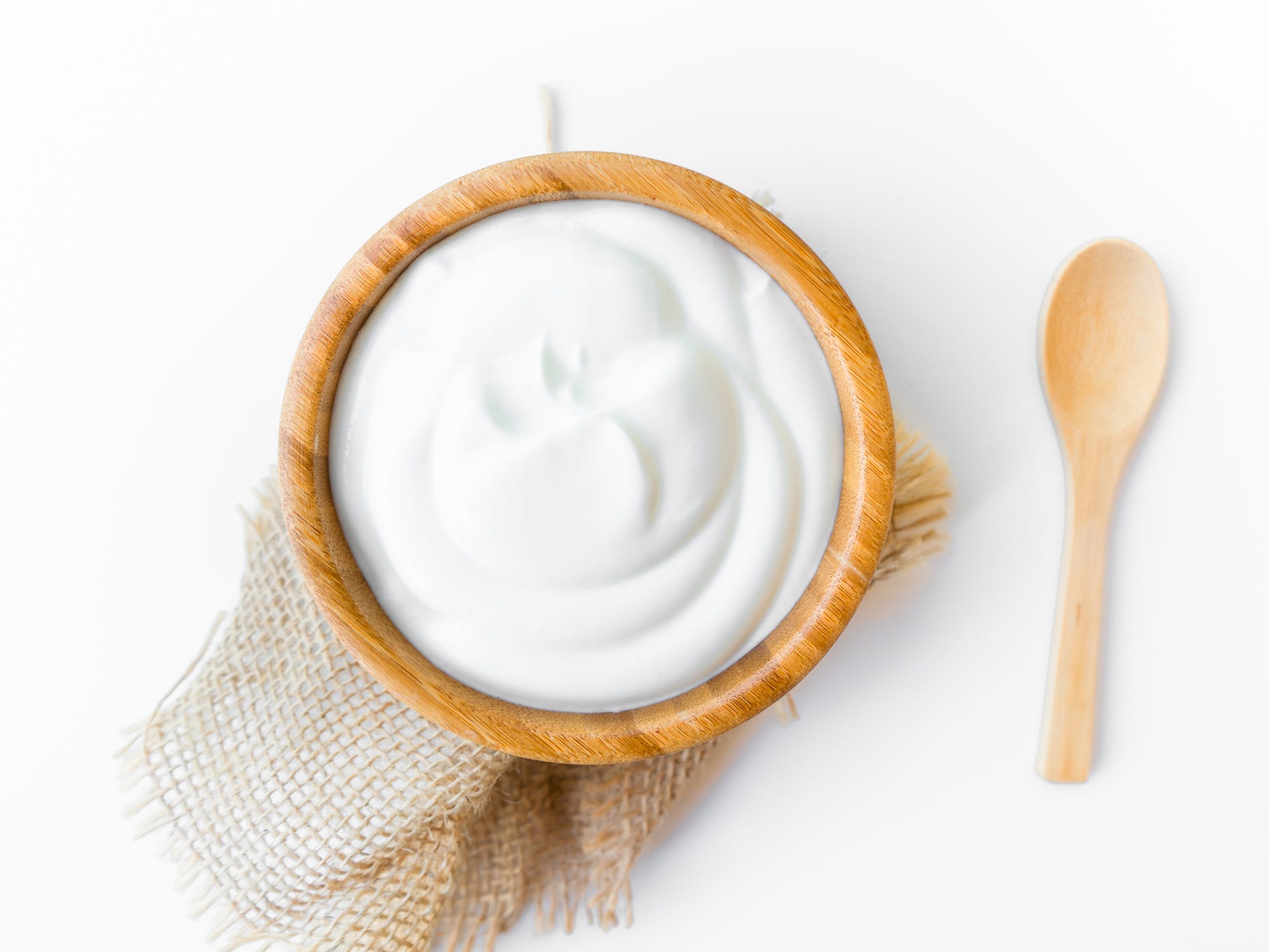
wilatlak villette/Getty Images
"Since yogurt is an acid, you can also use this in combination with baking soda," says Chef Wilk. But, once again, it must be paired with baking soda or it will not rise.
To use this substitute: One part baking soda to two parts yogurt
5. Buttermilk and baking soda
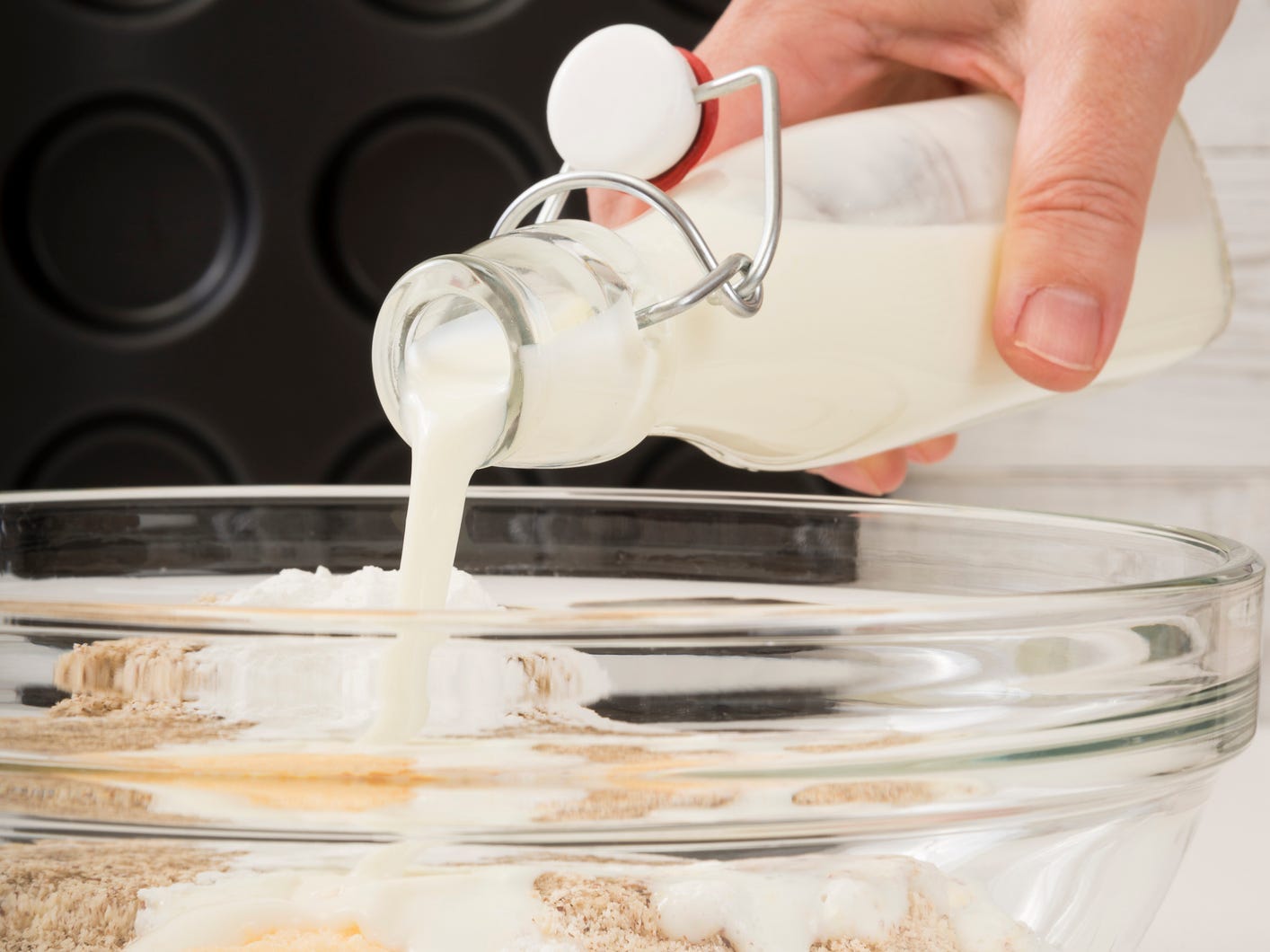
Westend61/Getty Images
Buttermilk is also considered an acid. So similarly to yogurt, you can also use buttermilk with baking soda as a sub for baking powder. But since buttermilk is a liquid, you may want to reduce the liquid in your recipe by the amount of buttermilk you add.
To use this substitute: One part baking soda to two parts buttermilk
6. Self-rising flour
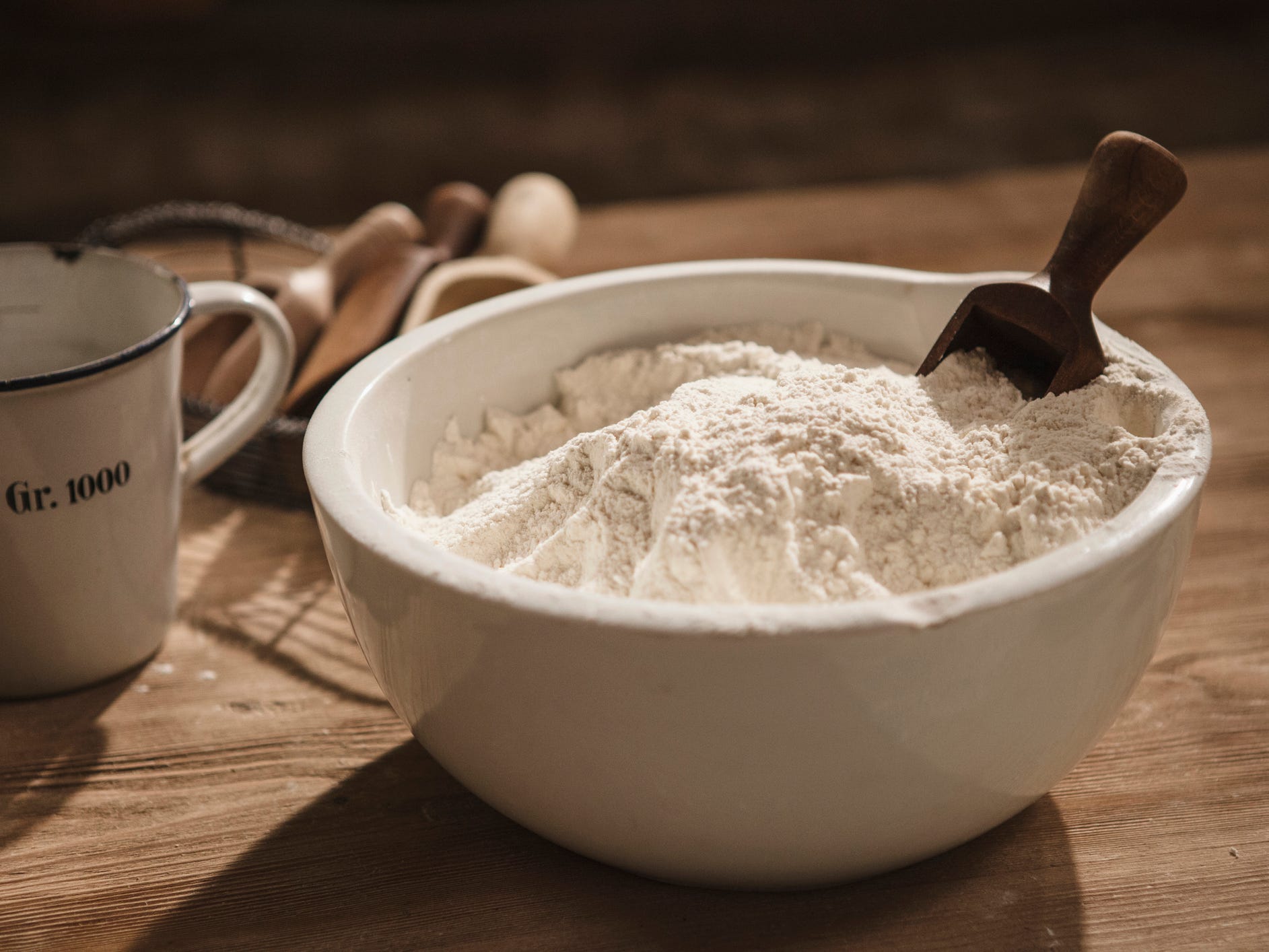
Alberto Guglielmi/Getty Images
Self-rising flour already contains salt and baking powder. It is essentially a "pre-seasoned" flour, so you can use this instead of all-purpose flour and omit any additional raising agent.
To use this substitute: Replace all-purpose flour with self-rising flour
7. Whipped egg whites
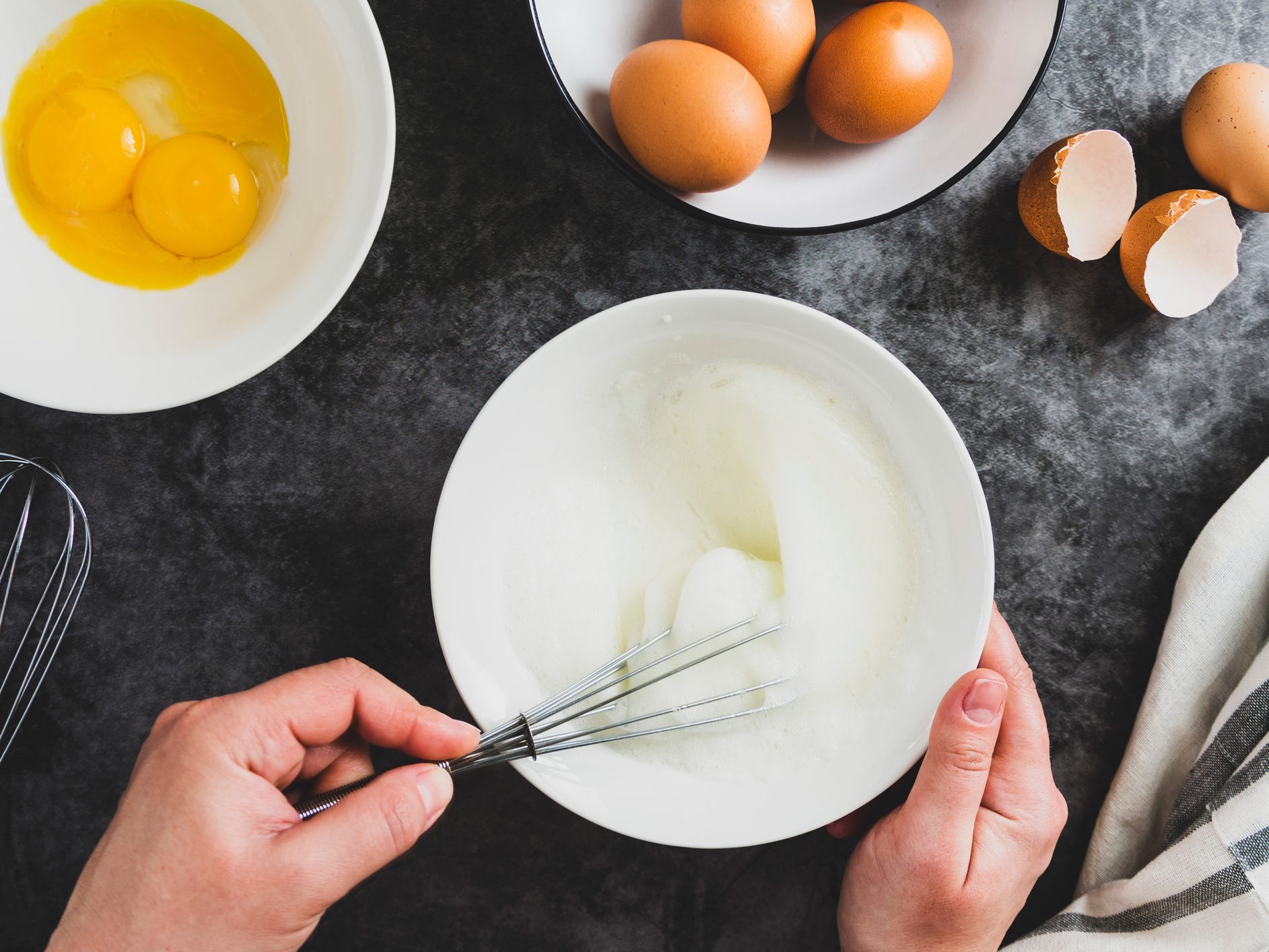
Gingagi/Getty Images
If your recipe calls for eggs, you can whip the egg whites to add texture and lightness to your recipe, says Moss. Separate the whites from the yolks and whisk the egg whites vigorously to stiff peaks. Fold them gently into your batter to add some rise and fluffiness without any leavening agents.
To use this substitute: Whip all egg whites called for in your recipe and fold into the batter
Can you just skip baking powder completely?
"I don't recommend skipping baking powder. You get a more even and fluffier crumb and lift!" says Wilk. If you do skip it, the batter or dough will be dense and not airy.
Insider's takeaway
While these are great swaps in a pinch, it's always better to use baking powder when it's in a recipe to ensure the best texture with your baked goods, recommends Moss. So, keep it on hand. Baking powder lasts six months to a year when stored in a cool dry place. But if for some reason you don't have it, always remember the Golden Rule: one part baking soda to two parts acid will get you the rise you need.
